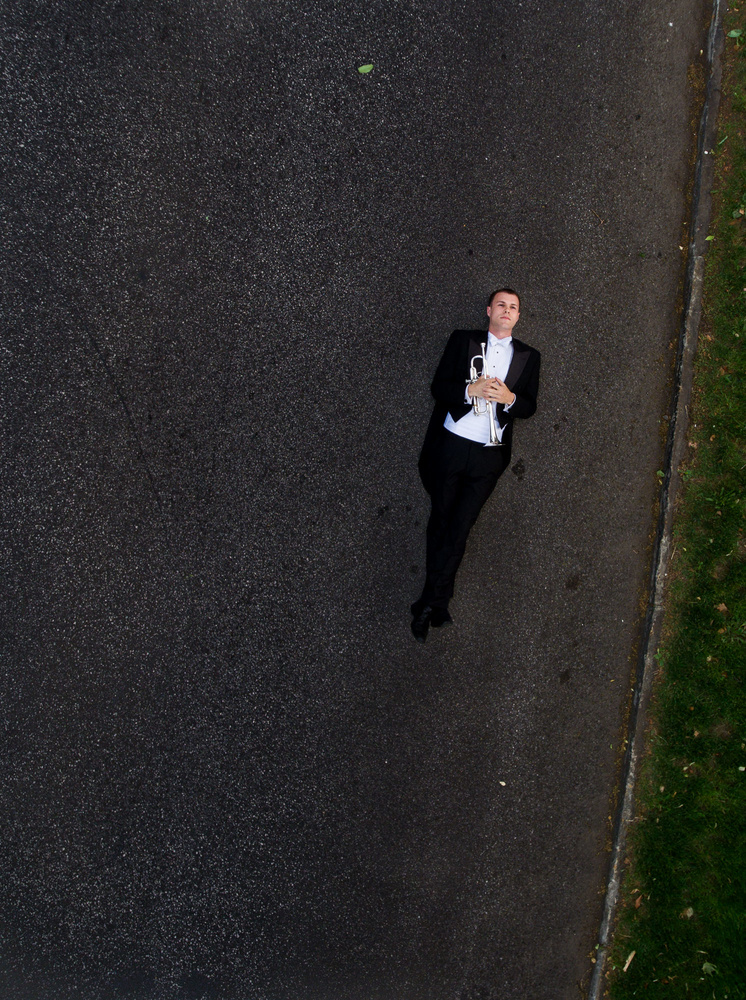Being a financially successful photographer is just as much about business sense as it is about photographic skill. One of the best ways to ensure pleasant outcomes with your clients is to learn how to manage their expectations before you even click the shutter.
After one of my very first paid shoots, the client was quite upset that I wasn't going to edit 40 different versions of the same headshot and hand over the rest of the files. I thought it was obvious that a headshot meant one, maybe two looks. I ended up compromising on delivering 10 edited shots. It took a ridiculous amount of work given what I was paid. It was also my fault. I learned then the importance of managing client expectations.
Have a Contract
This might be the most crucial point. Having a contract sets out clear expectations in writing and protects you if something goes south. In addition, while it's important to communicate verbally, having everything set out and agreed to in writing makes for a good reference to clear up any misunderstandings.
Set Clear Deliverables

Be clear on how many images clients can expect to receive.
This is where I went wrong with the shoot I mentioned. Clients often do not understand the amount of work that goes into creating a finished image, which is why they might not understand why we can't just hand over dozens or hundreds of perfect photos. Take the time to explain exactly how many images they can expect to be delivered and what they can expect to be done in terms of post-processing. Frame this as a positive, that this allows you to put the utmost care and precision into crafting each image, giving them the best possible quality in the final product. For things like events and weddings where I'll be delivering a few hundred images, I like to slightly underquote and over-deliver; it both protects me and gives the client a nice surprise. Be sure to ask if there are any must-have shots.
Be Yourself
No one likes feeling like they're being sold to and being hyped up on empty promises by a slick businessperson. Be honest and be yourself. By creating a genuine connection with your client, you can foster a better working relationship in which they'll have a better understanding of what they can expect from you.
Communicate
I don't know the exact percentage of how many issues between clients and photographers are created by lack of communication, but I'm willing to bet it's the majority. It's important to remember that things that might seem blatantly obvious to us often aren't to the customer, and that's simply because they don't work in photography every day. When in doubt, err on the side of communicating too much, particularly for high-stress events like weddings, where your customers are likely to feel anxious about every little detail. Guide them through the entire process clearly.
Set a Timeline

Make sure clients know when they can expect your images to arrive.
I've honestly had shoots where I've taken 3,000 images and had the client ask me if they could expect the files later that day as I walked out the door. This often comes back to the fact that clients simply don't know how much work we have to do after we press the shutter. Be sure to explain this and give yourself a reasonable amount of time to edits the images and deliver them. Like the number of files, I like to set a slightly generous timeline and deliver early. In addition, be sure to specify the acceptable number of rounds of edits.
Think Like Your Clients and Educate Them
Psychological studies have shown that we tend to oversimplify things that we don't know. Clients may have the perception that we show up, aim the camera, press the shutter, and we're done. You don't have to bore them with technical tedium, but taking the time to explain your basic process and what's expected of them will not only make for better expectations, it'll help them feel more comfortable and prepared in front of the camera. Try to anticipate their needs, both intellectually and emotionally, by giving them the information they need to understand how things work and the support they need to feel comfortable and empowered when getting their photograph taken.
Make Sure They Know Your Work and Style

Make sure clients know and embrace your style.
Be Clear on Financial Policies
A lot of appointments let you cancel last minute without penalty — haircuts, for example. They might carry that same attitude to a photoshoot, so be sure to be clear if you have a nonrefundable deposit (it's not a bad idea to have one to protect yourself in the event you lose a booking last minute). Also, be sure that you're clear about whether payment is due before receipt of the images or the like. For a lot of commercial work, that won't be an option, but it's common practice for things like wedding or headshot photography.
Anticipate Their Unique Issues
Photography can be a very personal experience for a client, and it's important to empathize with that and anticipate the implications that might have: they may be very shy in front of the camera, etc. Anticipating needs and potential issues of your clients can go a long way to building a rapport with them, and that sort of connection is what creates satisfied customers and repeat business.
Conclusion
While taking good pictures is of course crucial to running a successful photography business, it's important to remember that much of this work is very much knowing how to make people feel comfortable and valued, and that starts with managing their expectations to ensure a predictable, smooth, and pleasant experience.
Do you have any tips for managing client expectations? Share them in the comments!






